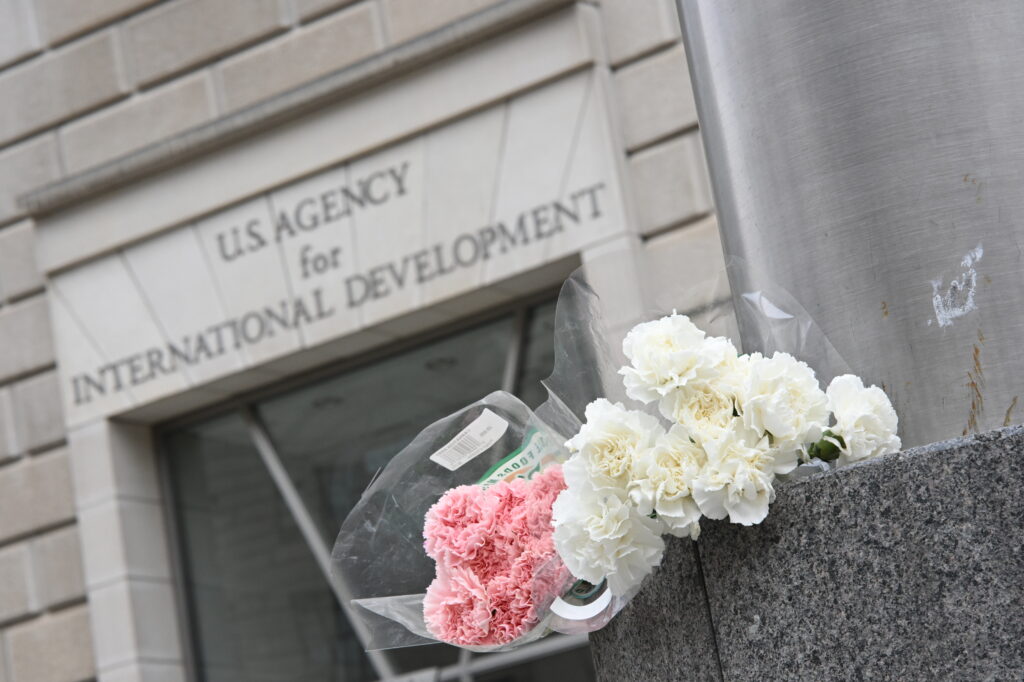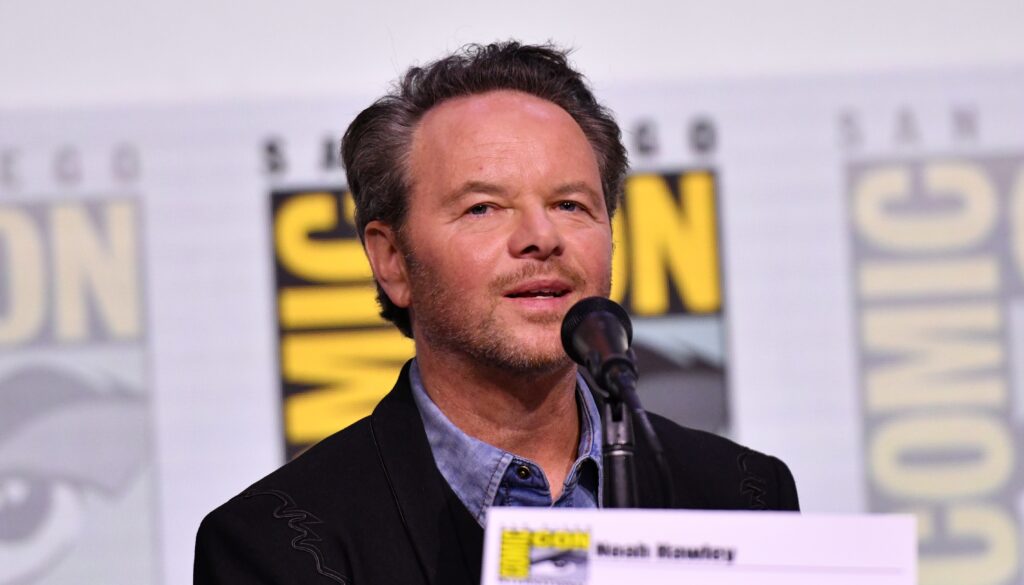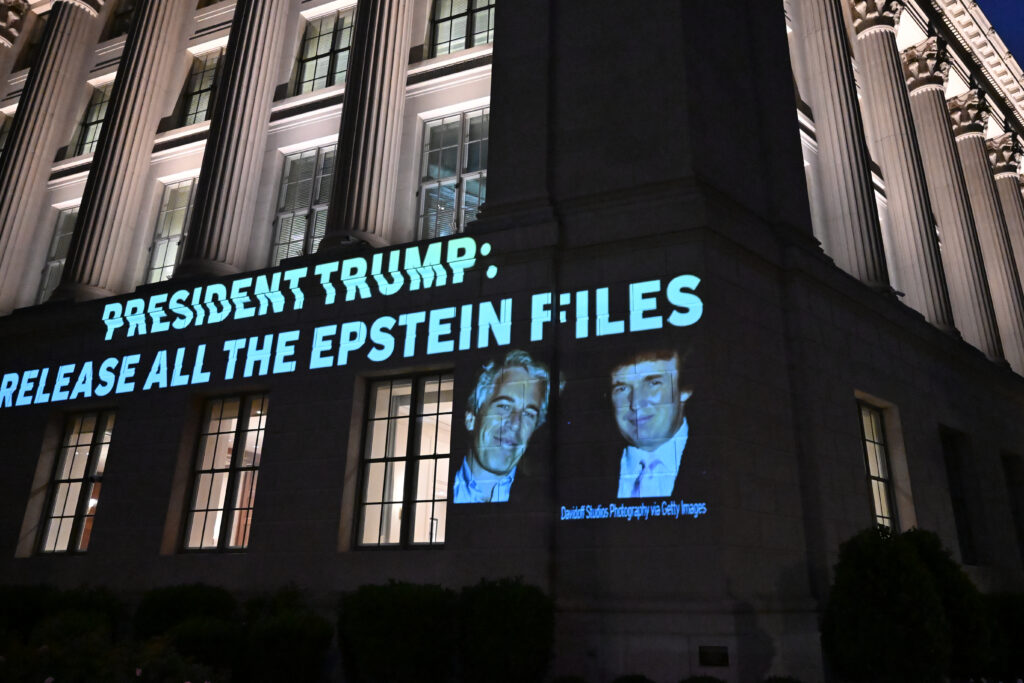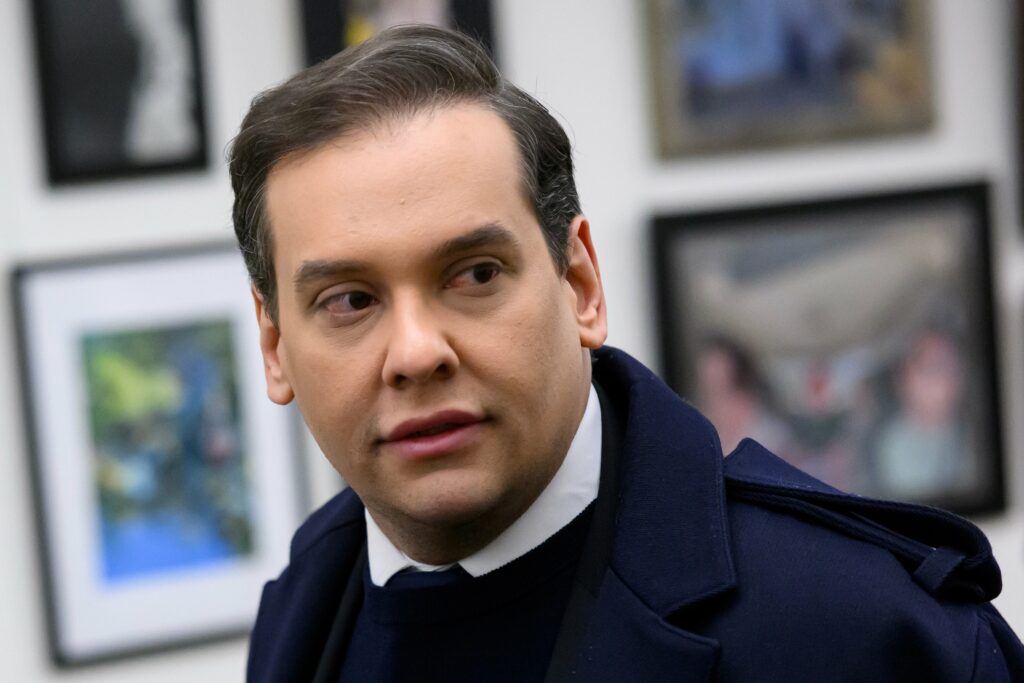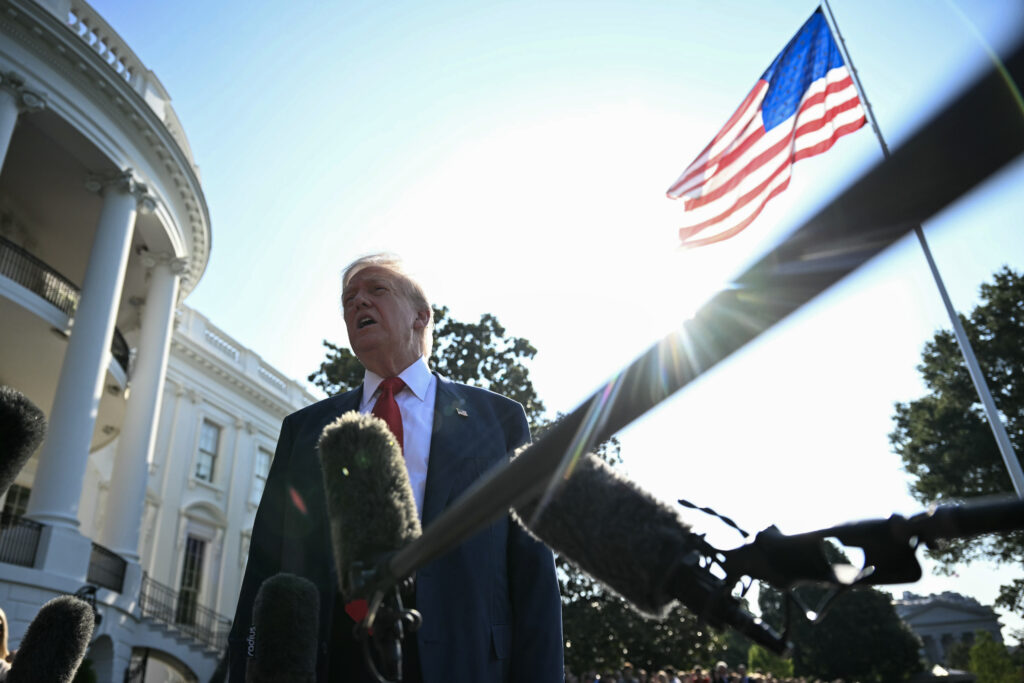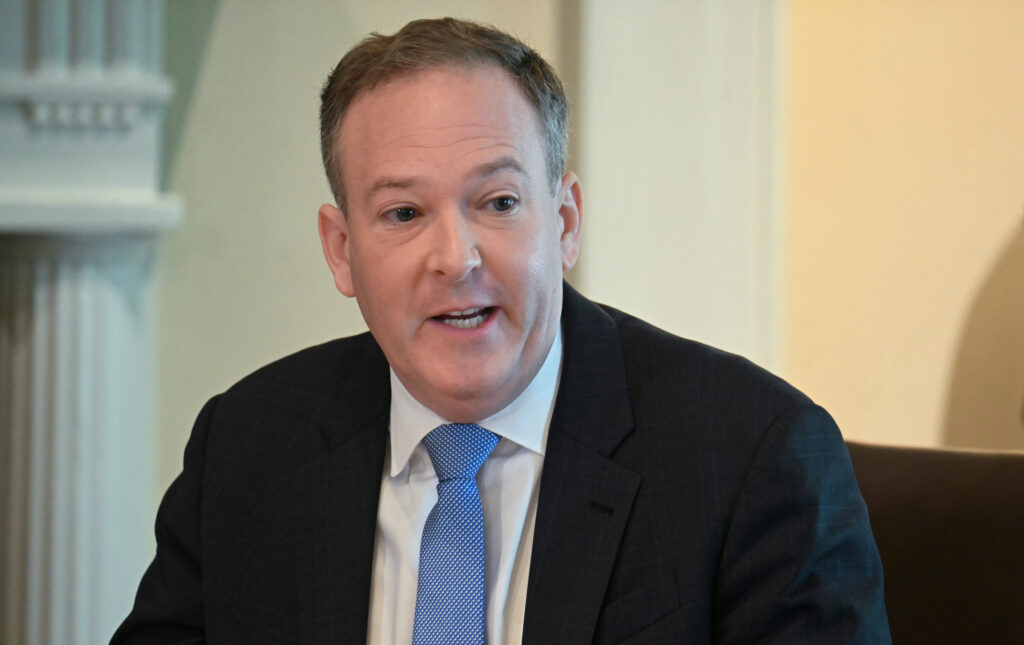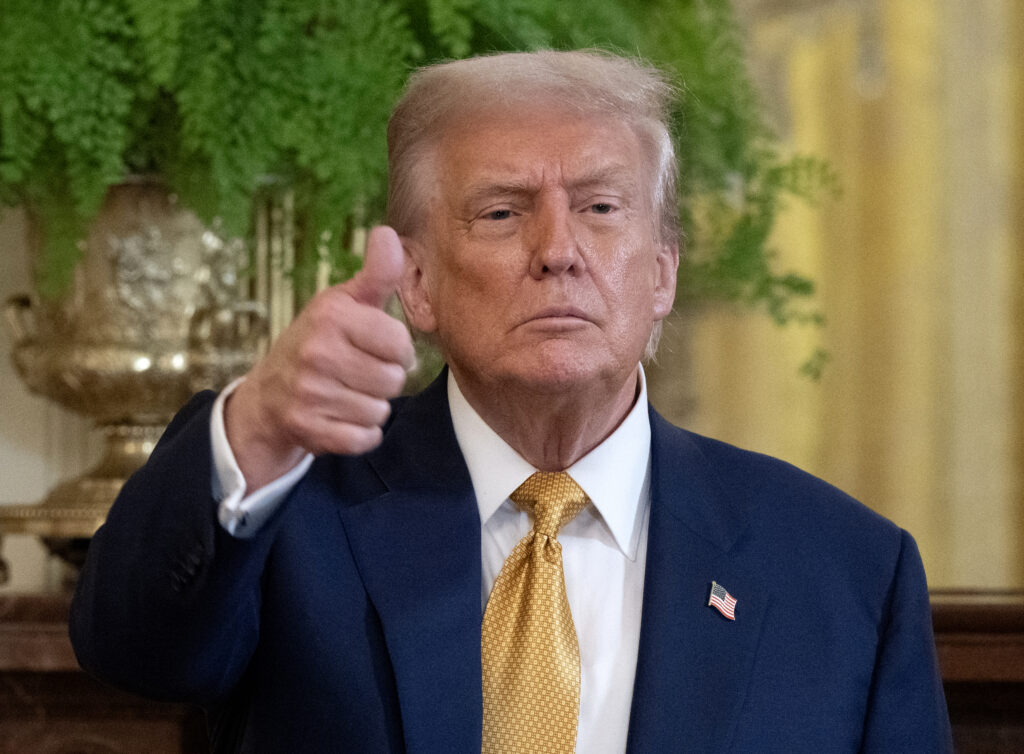French left urges Macron to act over US plan to destroy contraceptives
France’s left-wing politicians on Saturday called on President Emmanuel Macron to intervene over US plans to destroy nearly $10 million worth of female contraceptives in Europe, calling it an “affront” to public health.A State Department spokesperson told AFP this week that “a preliminary decision was made to destroy certain” birth control products from “terminated Biden-era USAID contracts.” The US Agency for International Development, the country’s foreign aid arm, was dismantled by Donald Trump’s administration when he returned to office in January, replacing former president Joe Biden.Under the plan, some $9.7 million worth of implant and IUD contraceptives stored in Belgium are reportedly set to be incinerated in France.An open letter signed by French Green leader Marine Tondelier and several female lawmakers called the US decision “an affront to the fundamental principles of solidarity, public health and sexual and reproductive rights that France is committed to defending.”In the letter, they urged the French president “not to be complicit, even indirectly, in retrograde policies,” saying women’s contraception products such as IUDs and implants were intended for “low- and middle-income countries.””Cutting aid for contraception is shameful, destroying products that have already been manufactured and financed is even more mind-boggling,” Tondelier told AFP.The Greens urged Macron to request the suspension of the plan “as part of a joint initiative with the European Commission.”They also called on him to back humanitarian organisations that say they are ready to redistribute the contraception products.Separately, Mathilde Panot, parliamentary leader of the hard left France Unbowed (LFI) party, also urged Macron and Prime Minister Francois Bayrou to take action.”You have a responsibility to act to prevent this destruction, which will cost lives,” she said on X.”These resources are vital, particularly for the 218 million women who do not have access to contraceptive care.”The US plan has sparked outrage from global health NGOs, with Doctors Without Borders denouncing the “callous waste.””It is unconscionable to think of these health products being burned when the demand for them globally is so great,” said Rachel Milkovich of the medical charity’s US office.The State Department spokesperson said the destruction will cost $167,000 and “no HIV medications or condoms are being destroyed.”Doctors Without Borders says that other organisations have offered to cover the shipping and distribution costs of the supplies, but the US government declined to sign off.US lawmakers have approved slashing some $9 billion in aid primarily destined for foreign countries.
